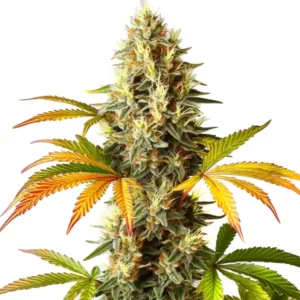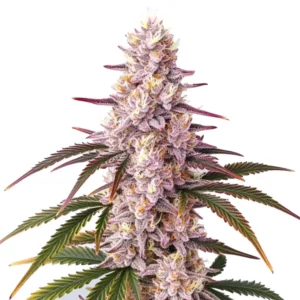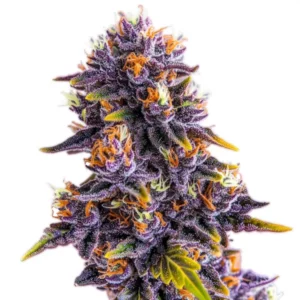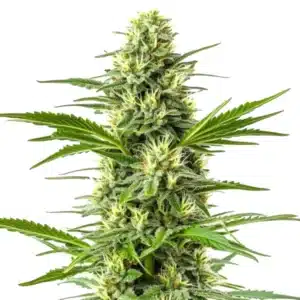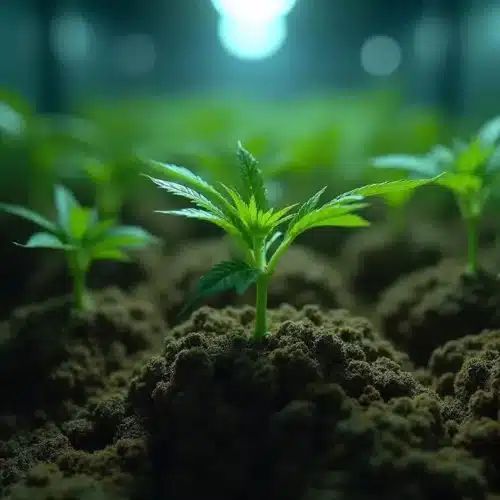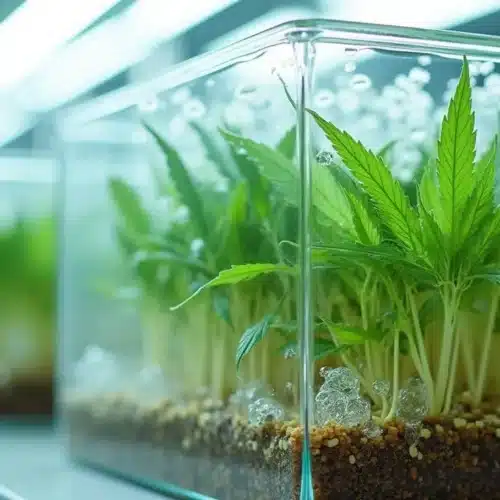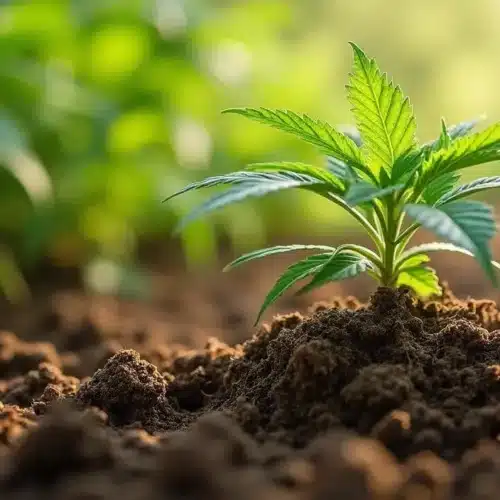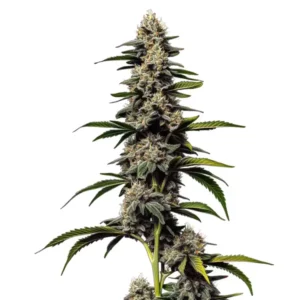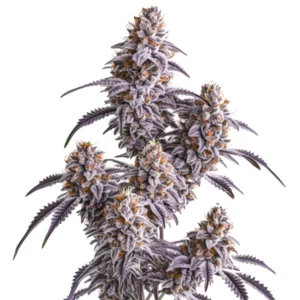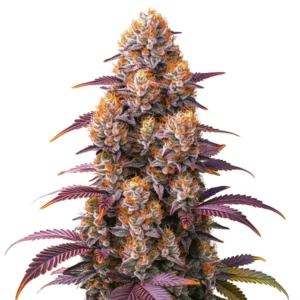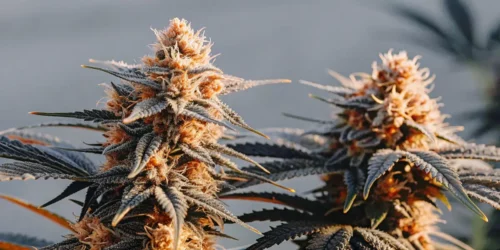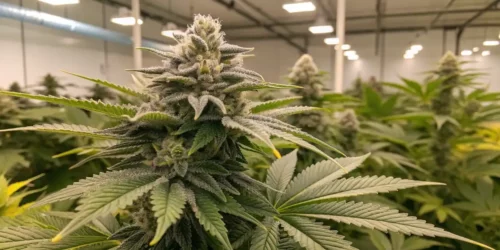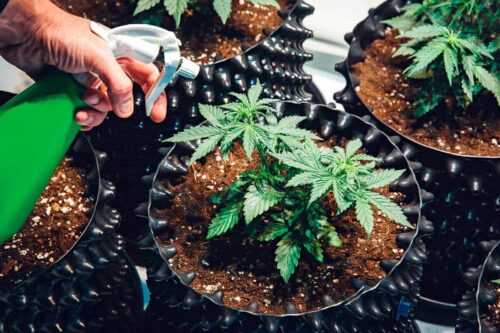Caring for cannabis plants can be incredibly fulfilling, but it also has its hurdles. One major challenge growers frequently encounter is overwatering. Recognizing the signs early can save your plants from undue stress and encourage vibrant growth. This comprehensive guide will walk you through the key indicators of overwatering in cannabis plants while providing practical tips to address this issue.
What is Overwatering?
Overwatering happens when plants receive more water than their roots can effectively absorb. This excessive moisture creates a saturated environment, which can lead to several complications that hinder plant health. While it may seem harmless to give your plants plenty of water, going overboard can create unhealthy roots and limit the oxygen they require to thrive.
How cannabis plants utilize water is essential in avoiding overwatering. Just as roots require moisture, they also need air. A well-watered plant achieves a balance where roots flourish in an optimal mix of moisture and air. If you consistently water your plants without allowing for some drying, you may inadvertently cause this imbalance.
Signs of Overwatering
- Yellowing Leaves: One of the first signs you may notice is leaves turning yellow. This often starts with the older leaves and gradually spreads to younger foliage, leading to an unattractive appearance and indicating stress.
- Wilting: Surprisingly, overwatered plants may also appear wilted. This occurs because their roots become damaged, preventing them from taking up water effectively, and can make your plants look unhealthy.
- Root Decay: A foul smell around the base of the plant often indicates root decay. This serious condition arises when roots sit in overly wet conditions, leading to decay that can affect plant vitality.
- Brown Spots on Leaves: While brown spots may signal various issues, in terms of overwatering, they generally indicate leaf death caused by excess moisture, leaving your plants in distress.
- Stunted Growth: Observations of slower growth can be a clue that overwatering is at play. If your plants seem stagnant or growth rates are declining, it may be time to evaluate how often you’re watering.
Monitoring these signs closely can help you adjust your watering schedule effectively. Remember, different cannabis strains may have unique requirements, so take the time to understand what works best for your particular plants.
Additionally, the way you structure your growing environment can impact how your plants respond to watering. Incorporating adequate airflow can also help mitigate problems associated with overwatering, fostering healthier growth.
How to Diagnose Overwatering
Diagnosing overwatering can be somewhat perplexing for new growers, as the symptoms may overlap with those of other problems. A solid starting point is to check the soil moisture level. If the top couple of inches feels soggy, your plant is likely suffering from overwatering issues. A moisture meter can prove immensely useful; it provides accurate readings of the soil’s moisture content, taking the guesswork out of the process.
If you suspect that overwatering is an issue, you can carefully pull the plant from its pot for a closer inspection of the roots. Healthy roots should appear white and firm, while overwatered roots may be brown, mushy, and emit a foul odor. This clear indicator highlights that your plant may have been sitting in too much moisture.
Don’t hesitate to consult online forums or communities of growers who may share similar experiences. They can provide priceless insights and signaling that could help you identify the issue more promptly, enhancing your learning experience.

Promos & Deals
What Causes Overwatering?
Several factors contribute to the phenomenon of overwatering cannabis plants, and these can significantly help you adjust your cultivation practices to be more effective. One obvious cause is inadequate drainage. If your pots lack drainage holes, water accumulates at the bottom, leading to a wet environment that’s unsuitable for proper root growth.
Another common pitfall is developing rigid watering habits. Many growers tend to follow a strict watering schedule rather than adapting their approach based on the plants’ actual needs. Assessing soil moisture prior to watering can prevent excessive hydration, allowing for a more tailored approach to each plant’s upkeep.
Correct Watering Techniques
Implementing proper watering techniques can drastically reduce the likelihood of overwatering. Start by ensuring your pots have adequate drainage holes. This feature allows excess water to escape, preventing soil from becoming waterlogged, which is crucial for root health. Additionally, consider the benefits of breathable pots, like those made from fabric, as they encourage better absorption of both air and nutrients.
Next, embrace the “lift-and-feel” method. To utilize this technique, simply lift the pot to gauge its weight. A pot that feels light likely means it’s time for watering. Alternatively, you can check the soil moisture by inserting a finger into the soil. If the top inch feels dry, it’s a good indicator for watering.
Adjusting Watering Frequencies
Adapting your watering frequency is vital, particularly concerning environmental conditions. Higher temperatures may necessitate more frequent watering, whereas cooler climates might mean your plants require less. Pay attention to how quickly the soil dries out to establish an effective watering routine that suits your specific growing situation.
Remember, it’s usually much easier to revive an underwatered plant than one that has been excessively watered. Once you’ve found a rhythm that works for your plants, growth and overall health will become increasingly apparent, bringing the joy of cultivation to another level.
What to Do If You Overwatered
If you notice signs of overwatering, acting swiftly can save your plants. First and foremost, cease watering immediately. Allow the soil to dry out before reintroducing any water. You might find that you need to wait longer than anticipated, especially if the soil is heavily saturated.
If root decay is present, consider repotting the plant into dry soil. This allows you to eliminate any decaying roots and provide fresh, oxygen-rich soil that encourages recovery. Remember to choose a pot that promotes drainage to prevent this issue from resurfacing.
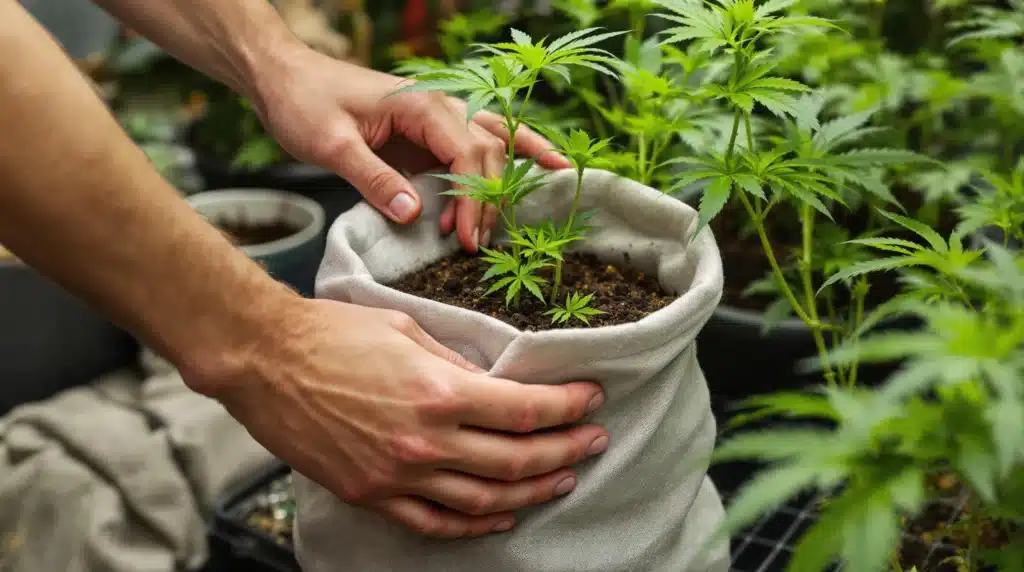
Using Soil Amendments
Incorporating soil amendments like perlite or vermiculite can enhance drainage capabilities. These materials create air pockets within the soil, enabling excess moisture to escape while retaining just enough water to benefit the roots. This adjustment can foster a healthier growing environment for your cannabis plants.
Another useful tactic is changing your watering method. Rather than pouring water directly at the plant’s base, try watering around the perimeter of the pot. This method encourages roots to explore the surrounding soil in search of moisture, which helps develop a robust root structure.
Preventing Overwatering in Future Grow Cycles
Taking a proactive stance against overwatering is the best strategy for successful growth. To mitigate the risk in future cycles, carefully monitor your plants as they mature. Familiarizing yourself with their specific needs will go a long way in preventing problems from arising.
Utilizing a moisture meter can provide reliable soil moisture readings, taking away much of the uncertainty associated with watering. With this simple tool in hand, you can ensure your plants are receiving the exact amount of water they need rather than relying blindly on schedules or estimates.
Choosing the Right Soil
Your choice of growing medium plays a significant role in how your plants respond to water. Selecting a well-draining soil mix specifically designed for cannabis can mitigate the risks associated with overwatering. Look for options that include components like organic material, perlite, or coconut coir, as they can enhance both drainage and aeration in the medium.
Moreover, consider using larger pots with ample space for the roots to spread. This allows for healthy development and the capacity to more effectively manage moisture levels. A nurturing environment is key for optimal plant health and growth.
FAQs
What should I do if my cannabis plant’s leaves are yellowing?
If you observe yellowing leaves, the first step is to check the soil moisture level. If the soil feels overly damp, halt watering until it dries out. Ensure the roots are healthy; if root decay is a concern, repotting may be necessary to allow for proper aeration.
Can overwatered plants recover?
Absolutely, overwatered plants can bounce back if symptoms are caught early. Cease watering, improve drainage, and consider repotting if the situation requires it, allowing the plants some time to recuperate.
What are the best ways to test soil moisture?
You can achieve accurate soil moisture readings using a moisture meter or by inserting your finger into the soil. If the top inch feels dry, it’s typically a good sign that it’s time to water your plants.
How can I tell if my plant has root decay?
Inspect for foul odors or brown, mushy roots when examining the plant. If you encounter either symptom, root decay may be present, necessitating prompt action to remedy the situation.
Is it better to underwater or overwater plants?
Generally, it’s preferable to underwater your plants. Cannabis plants typically recover more swiftly from being underwatered than from prolonged overwatering, which can inflict lasting damage.

